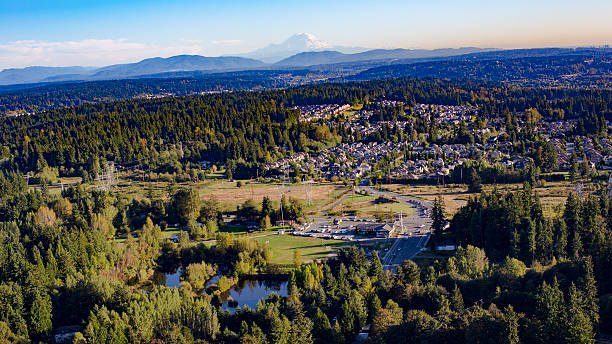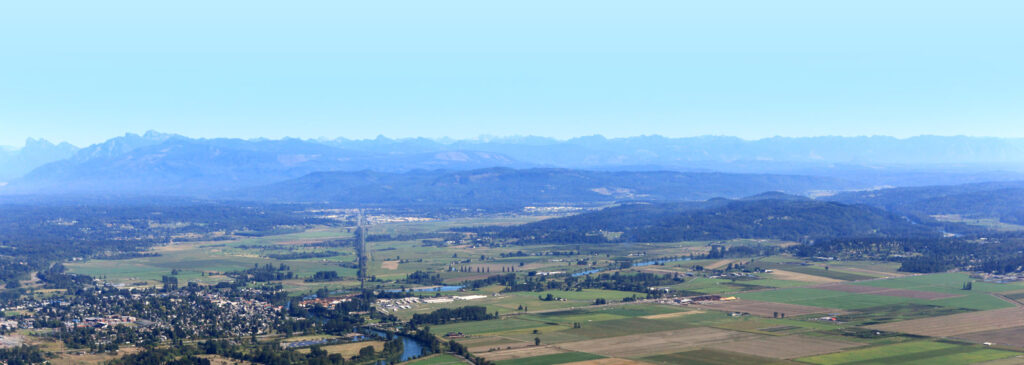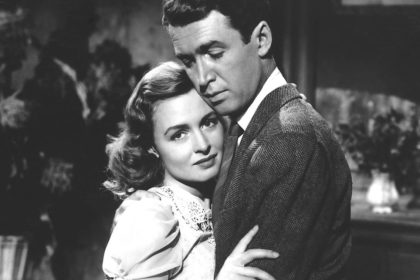Snohomish is a city in Snohomish County, Washington, United States. The population was 9,098 at the 2010 census. Take a look below for 25 awesome and interesting facts about Snohomish, Washington, United States.
1. It is located on the Snohomish River, southeast of Everett and northwest of Monroe. Snohomish lies at the intersection of U.S. Route 2 and State Route 9.
2. The city’s airport, Harvey Airfield, is located south of downtown and used primarily for general aviation.
3. The city was founded in 1859 and named Cadyville for pioneer settler E. F. Cady and renamed to Snohomish in 1871.
4. It served as county seat of Snohomish County from 1861 to 1897, when the county government was relocated to Everett.
5. Snohomish has a downtown district that is renowned for its collection of antique shops and is listed on the National Register of Historic Places.
6. The Snohomish River Valley was originally inhabited by the Snohomish people, a Coast Salish tribe who lived between Port Gardner Bay and modern-day Monroe.
7. An archaeological site near the confluence of the Snohomish and Pilchuck Rivers has indications of human habitation that began as early as 8,000 years before present.
8. The Snohomish had contact with white explorers in the early 19th century, with their name recorded as “Sinnahamis” by John Work of the Hudson’s Bay Company, among the first to also use the name to describe the river.
9. The Snohomish were signatories of the Point Elliott Treaty in 1855, which relocated the tribe to the Tulalip Indian Reservation.
10. In the early 1850s, the territorial government planned to construct a military road connecting Fort Steilacoom to Fort Bellingham, with a ferry crossing of the Snohomish River at Kwehtlamanish, a winter village of the Snohomish people.

11. The road, proposed in the wake of the Pig War, was intended to be built far enough inland to be safe from British naval attacks.
12. The confluence of the Snohomish and Pilchuck rivers, located near Kwehtlamanish, was sought by several American settlers from Steilacoom who arrived in 1859 to file homestead claims. Edson F. Cady and Heil Barnes, representing carpenter Emory C. Ferguson, settled near the proposed ferry landing, while Egbert H. Tucker filed a claim for a plot on the other side of the Snohomish River.
13. The settlement was originally known as “Cadyville” and changed its name to Snohomish City in 1871. The name Snohomish comes from the name of the dominant local Native American tribe “sdoh-doh-hohbsh” ([sduhúbʃ]), whose meaning is widely disputed.
14. Although the military road was never completed, Snohomish quickly became a center of commerce in the expanding region. In 1861, Snohomish County separated from Island County and the Village of Snohomish was voted the county seat.
15. It remained so until 1897 when the county seat was relocated to the larger, yet much newer neighboring city of Everett, Washington after a controversial and contested county-wide vote.
16. Snohomish’s first school was organized in either 1867 or 1869. The Village of Snohomish was incorporated in 1888 and re-incorporated as a city in 1890 due to the transition from territory to state.
17. Hyrcanus Blackman was elected mayor, having already been Police Chief for two years. 1893 saw the construction of a roller skating rink and 1894 the first graduations from Snohomish High School. By 1899 the city of Snohomish was a prosperous town with a population of 2,000, 25 businesses and 80 homes.
18. 1901 brought Snohomish the first motor car in the county. In 1903 First Street was paved with brick. When it was finished, there was a three-day celebration, and for years afterward, the city’s residents remained so proud of the street that they washed it every week with a fire hose.
19. Emma C. Patric was appointed the town’s first librarian in 1901, an event that lead to the 1910 grand opening of the town’s first public library, The Carnegie Library.
20. The Great Depression was not acutely felt in Snohomish because its economy was mostly agrarian with many family farms. One of the town’s largest employers, Bickford Ford, was founded in 1934 by Lawrence Bickford; the dealership flourished in a period when many auto dealerships failed. The 1930s brought Snohomish national notice as the hometown of baseball great Earl Averill, the first Washingtonian elected to the Baseball Hall of Fame. Averill played from 1929 to 1941, mostly with the Cleveland Indians.

21. The 1960s saw the city of Snohomish enter a period of decline. As the Boeing Company fell on hard times, many people were laid off and had to move away to seek other work. A commonly heard phrase was, “Will the last person out of Seattle please turn off the lights?” Snohomish fought back with a redevelopment plan in 1965 that proposed the destruction of the historic structures along First Street to make way for an enclosed mall. The plan was not carried out due to lack of funds, and the area remains today as it has through much of its history.
22. The town’s economic malaise continued throughout much of the ’70s, with the downtown area given over to mostly bars and small shops. In 1973 the city adopted a Historic District Ordinance protecting historic buildings and structures from inappropriate alterations and demolitions and encouraging the design of new construction in keeping with the district’s historic character.
23. In 1974, the Historic Business District, a 36-block area, was placed on the National Register of Historic Places. Larger stores moved away from First Street into newer developments and strip malls that spread out along Second Street and Avenue D.
24. In 1974 the Seattle-Snohomish mill was gutted by fire and rebuilt by its owners. In 1975 a severe flood struck the area, damaging over 300 homes and killing 3,500 head of livestock, but the community rallied to support those who were affected.
25. The 1980s saw renewed vigor in Snohomish when, along with other developments, two 7-Eleven convenience stores and a McDonald’s franchise opened during the first part of the decade. Around 1985, the U.S. Route 2 bypass was completed, allowing traffic which had until then been forced to pass through the town to circumvent the city.




